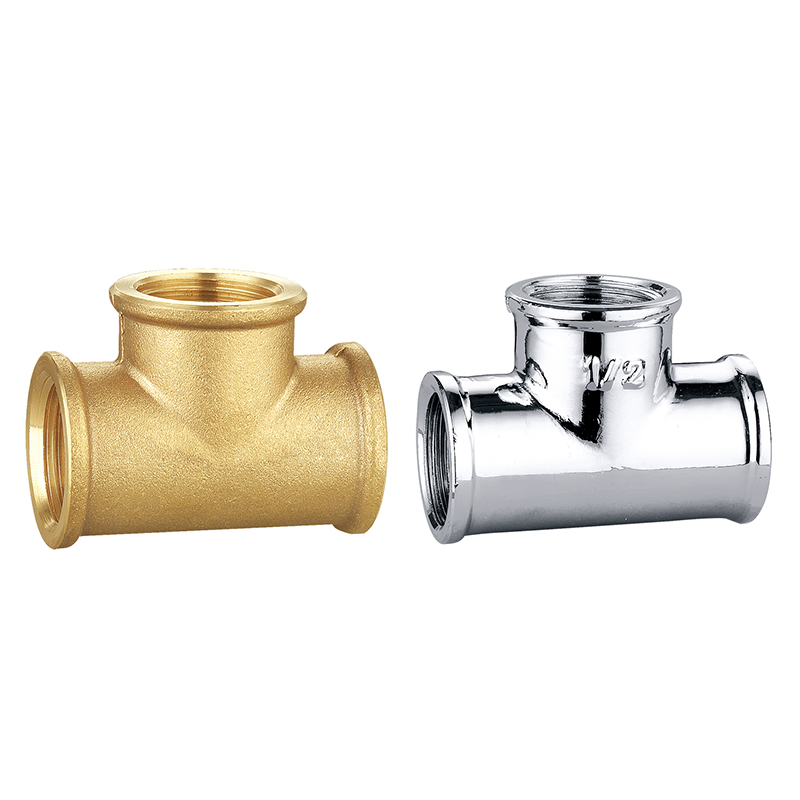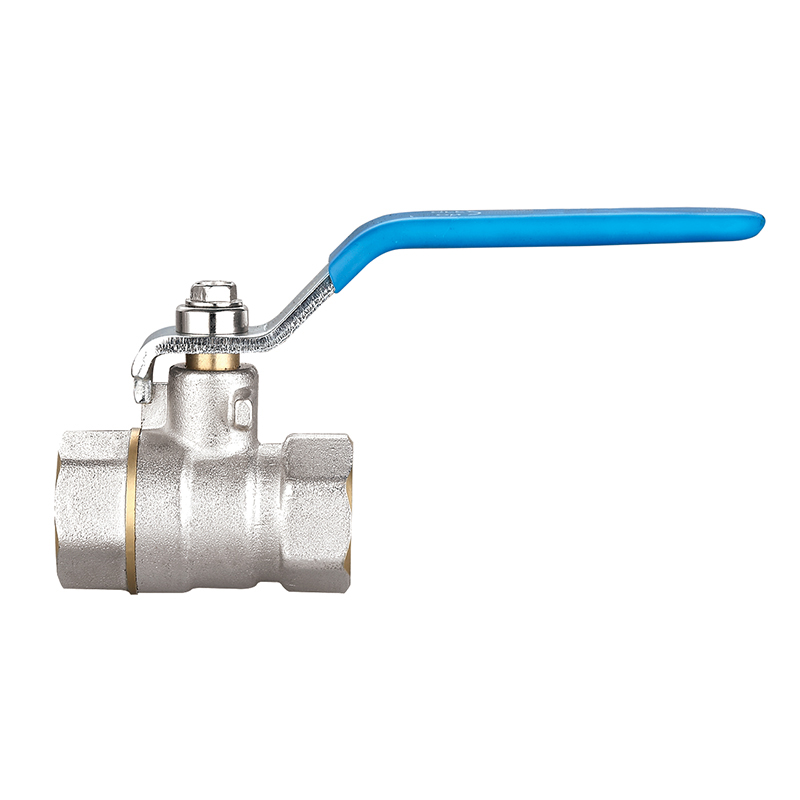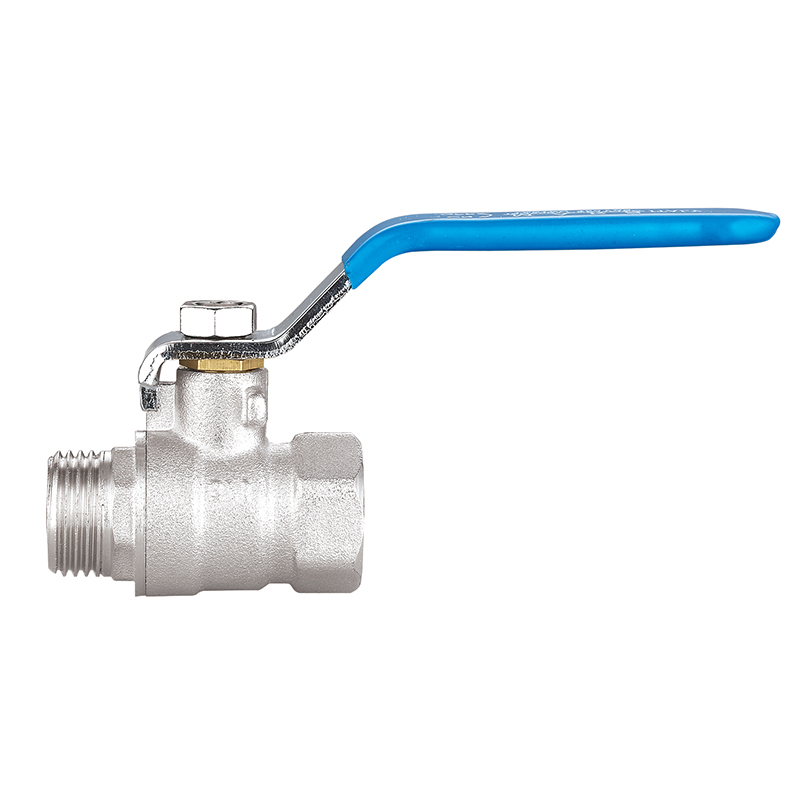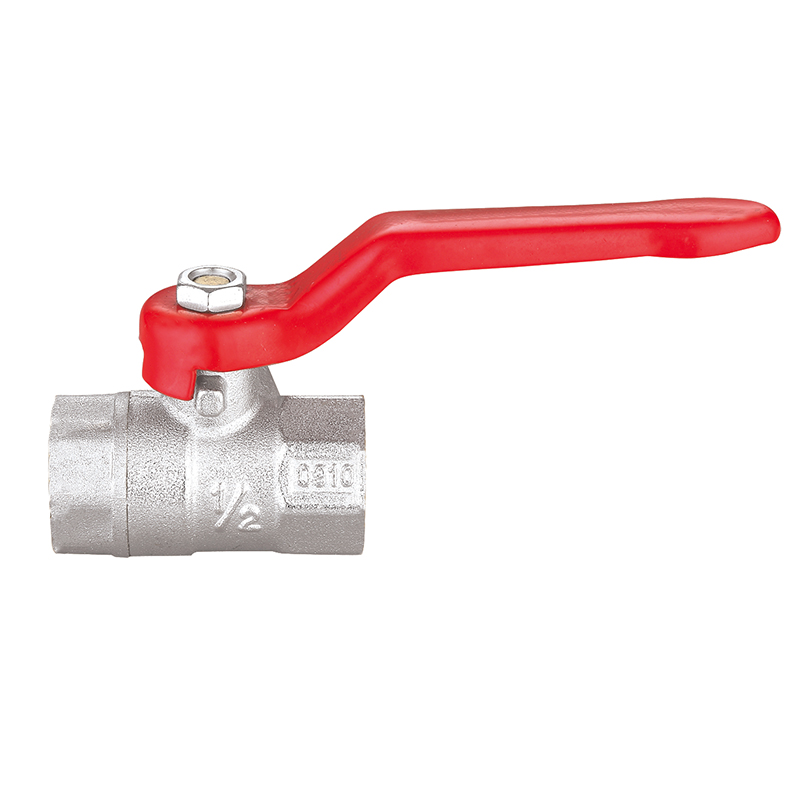The Evolving Role of Pipe Fittings in Modern Infrastructure and Industrial Systems
2025-07-11
In today's fast-paced industrial and construction sectors, the humble pipe fitting has emerged as a vital component underpinning the reliability, safety, and efficiency of modern plumbing and piping systems. No longer merely functional elements used to link sections of pipe, pipe fittings now play a central role in the development of complex fluid-handling systems across multiple industries including construction, oil and gas, water treatment, HVAC, and manufacturing.
Expansion Beyond Traditional Use
Traditionally, pipe fittings such as elbows, tees, couplings, caps, and reducers have been used to connect pipes, change the direction of flow, or adjust pipe size. However, with growing demands for durability, sustainability, and regulatory compliance, the range and complexity of pipe fittings have significantly expanded. Today's fittings are designed to withstand high pressures, temperatures, and chemically aggressive environments. The evolution of materials—from galvanized steel and copper to advanced polymers and stainless steel—reflects the industry's shift toward tailored solutions for specific applications.
For instance, in water treatment facilities, non-corrosive and lead-free fittings made of CPVC or HDPE are increasingly favored. Meanwhile, in oil and gas or chemical processing plants, stainless steel and alloy fittings are critical for resisting corrosion and pressure-induced stress. The market is witnessing a rapid diversification of materials to cater to these niche needs.
Technological Innovation Driving Design
Modern pipe fittings are no longer simple mechanical connectors—they are the result of precision engineering. Manufacturers are increasingly leveraging CAD-based design, 3D printing, and CNC machining to deliver high-tolerance components with optimized flow dynamics. These advances are especially relevant in sectors like aerospace or pharmaceutical processing, where even minor inconsistencies in flow or contamination risks can lead to costly downtime or quality issues.
Quick-connect fittings, push-to-connect designs, and compression fittings are gaining popularity for their ease of use, time efficiency, and leak-proof performance. These innovations reduce installation time, minimize the need for welding or threading, and offer enhanced maintenance capabilities—all key considerations in high-volume projects.

Sustainability and Energy Efficiency
Sustainability has become a defining factor in the selection and application of pipe fittings. In response to stricter environmental regulations and growing corporate ESG commitments, manufacturers are producing fittings that reduce water leakage, optimize energy consumption, and extend system lifespans. For example, precision-machined fittings with smoother internal surfaces promote more efficient fluid flow, lowering the energy required for pumping systems.
Furthermore, recyclable and environmentally-friendly materials are gaining traction. Brass and stainless steel fittings, due to their recyclability, are viewed as sustainable alternatives, especially in commercial and institutional projects aiming for green building certifications such as LEED.
Global Supply Chain and Market Trends
The global pipe fittings market is projected to experience steady growth in the coming years. According to recent industry reports, the market is expected to surpass $120 billion by 2030, driven by expanding urban infrastructure, rising demand for clean water systems, and industrial modernization. Asia-Pacific remains the largest and fastest-growing region, fueled by massive construction and public utility projects in countries like China, India, and Indonesia.
However, supply chain disruptions due to geopolitical tensions and fluctuating raw material costs have posed challenges. In response, many companies are re-shoring production or investing in regional manufacturing hubs to improve supply resilience. Additionally, digital supply chain solutions, such as inventory tracking and demand forecasting, are being deployed to manage these complexities more effectively.
Standardization and Certification
With the increasing complexity of plumbing and mechanical systems, standardization of fittings has become more critical than ever. Industry bodies such as ASTM, ISO, and ANSI have updated guidelines to ensure compatibility, safety, and performance across diverse systems. Certifications like NSF/ANSI 61 (for drinking water system components) or ASME B16 standards for pipe fittings in industrial service are now non-negotiable in many projects.
In addition, regulatory frameworks are being reinforced to ensure traceability and accountability, especially in sectors such as municipal waterworks and energy. This push for compliance has encouraged manufacturers to invest in testing facilities, digital documentation, and quality assurance protocols.
Whether you want to become our partner or need our professional guidance or support in product selections and problem solutions, our experts are always ready to help within 12 hours globally.




 русский
русский Español
Español عربى
عربى





